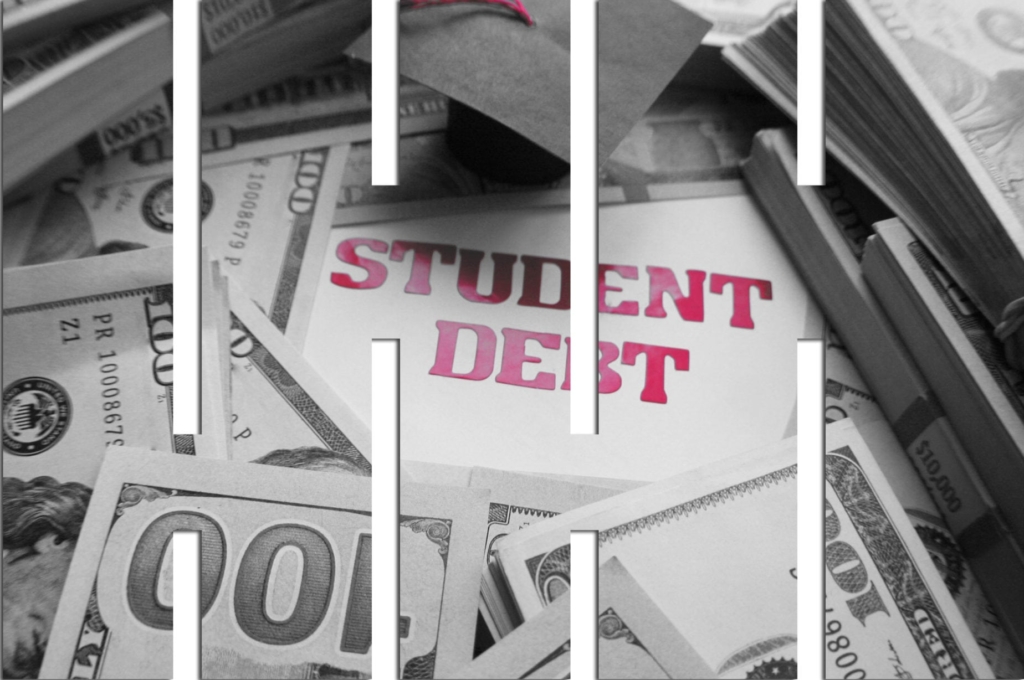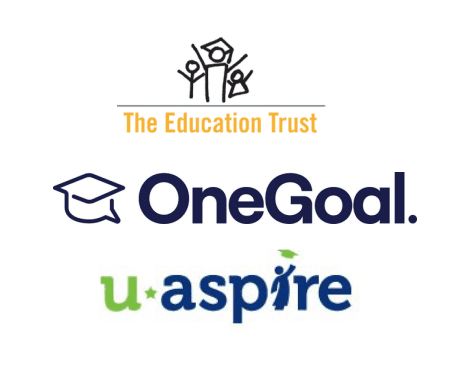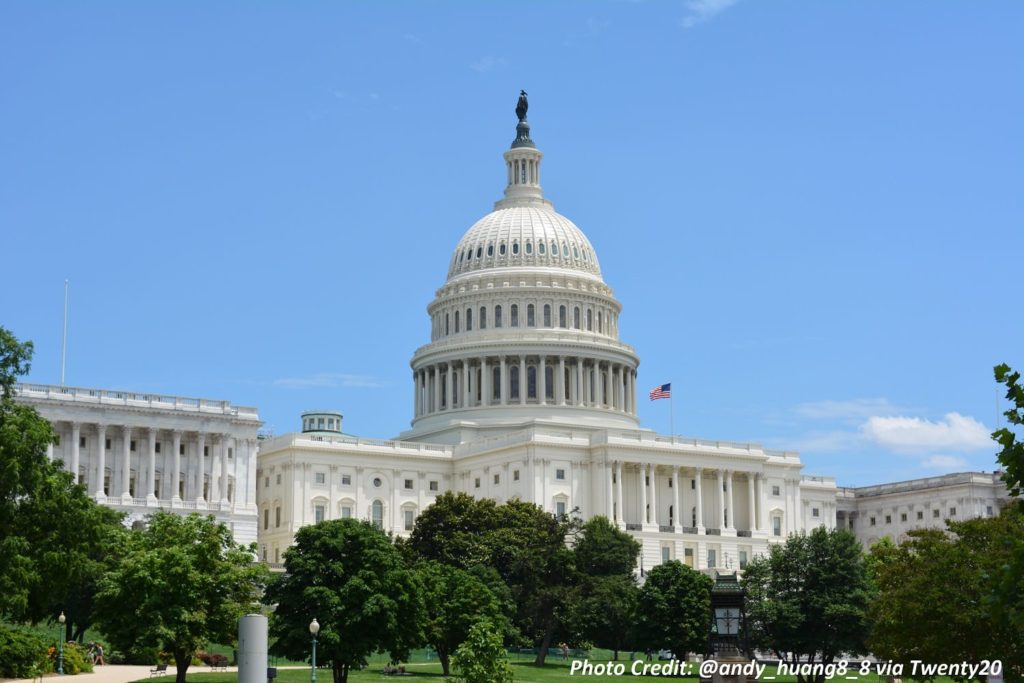The $1.7 trillion student loan crisis is crushing individuals, families, and our economy, and the weight of this burden is disproportionately borne by women and Black and Latino 1 borrowers. 2 This did not happen by accident. Policymakers intentionally shifted away from publicly funding our higher education system to a primarily debt-financed system just as students of color and women gained access, 3 disregarding the rising cost of college for students and families, persistent racial wealth and income disparities, ongoing discrimination in the labor and credit markets, and many other societal and policy failures. These decisions have left a generation of borrowers 4 on the brink of financial devastation simply because they sought economic security through higher education. 5
A debt-financed higher education system in a society defined by dramatic racial, gender, disability, and wealth disparities will always be inherently flawed and inequitable. 6 Though there are established programs intended to make student loan repayment manageable, the impediments to accessing relief through these programs are well documented. 7 In fact, very few borrowers have been successful in obtaining relief through repayment programs and default and delinquency rates remain high despite their availability. 8
The only solution that addresses the harms of the past and clears the landscape to create a better system going forward is to cancel $50,000 of student debt per borrower. The civil rights community calls on the Biden-Harris administration to provide immediate cancellation based on the below principles which will ensure equitable relief for all student borrowers.
1. Debt cancellation must extend to all student loan
All borrowers, including Direct Loan, Federal Family Education Loan (FFEL), graduate, and Parent PLUS borrowers, must be eligible for cancellation without regard to current borrower income, default status, or repayment plan. Whenever barriers are created for any relief program, all too often they exclude low-income and low-wealth individuals, even when the program was explicitly created to serve them. Further, data and research show that the burden of student debt for people of color includes all loan types, at all education levels, and at all income levels. 9 Means-testing or limiting cancellation to only those borrowers who hold certain types of loans and degrees would deny relief to many struggling borrowers.
For every degree type, borrowers of color are more likely to borrow and to borrow more. 10 According to recent research, upon graduating, Black borrowers typically owe 50 percent more than their White classmates, and four years later Black students owe 100 percent more. 11 Data reveals that “student debt disproportionately harms wealth-poor households and, in particular, wealth-poor Black households.” 12 In 2019, the median wealth for Black families was $24,100 and $36,100 for Latino families, considerably less than that of the median for White families at $188,200. 13 Arbitrary cancellation cutoffs based on income would erroneously conflate income with wealth and ignore both the dramatic racial wealth gap and the very real disparities in lived experiences for Black and brown borrowers regardless of income. 14 Further, because wealth takes generations to build, student debt harms not just the student, but their parents as well; Parent PLUS debt is particularly burdensome for families of color and compounds an intergenerational crisis. 15 In addition to borrowers of color, women are also burdened by student debt. Women hold two-thirds of the country’s student debt and on average borrow $3,000 more than men to attend college — yet because of the wealth and wage gap, women find it harder to repay their loans and the burden is heaviest on Black women. 16
If the goal is to target relief to low-income, low-wealth borrowers and borrowers of color, the simplest and most equitable way to achieve this is through setting a relief amount. 17 In determining this amount, the evaluation should center on maximizing relief for low-income, low-wealth borrowers and first-generation students, rather than minimizing relief for a small minority of borrowers who might be high-income and wealthy. Cancelling $50,000 of debt per borrower will have a significant impact, eliminating the debt burden for more than 75 percent of federal borrowers. 18 This includes full cancellation for 85 percent of Black borrowers and 96 percent of Latino borrowers in the lowest income quintile. 19
Steps should also be taken to provide relief for private student loan borrowers and to provide stronger protections against predatory student financing products. While low-income borrowers and borrowers of color are less likely to use private student loans, which generally have riskier terms and fewer protections than federal loans, they are much more likely to struggle with repayment when they do. 20 Moreover, one group of students — those who participate in DACA or who are undocumented — is at particularly high risk of harm as private lenders may be their only option because of current limitations on aid eligibility.21
2. Debt cancellation must not be limited based on the sector of institution attended.
Borrowers who attended public, private, and for-profit institutions must be eligible for cancellation.22 Extending cancellation only to students of public and private institutions that serve the highest concentrations of Black, brown, and low-income students, for example, would still unfairly leave out borrowers from those same communities solely because they attended a different type of institution.
Cancellation targeting the students of public and private colleges and universities would also ignore a truth in our education system: Low-income students and students of color are over-represented at for-profit institutions which have historically preyed on students and families, particularly people of color, leaving them saddled with high debt loads and low-quality degrees, assuming a student manages to get a degree at all.23 These borrowers, with poor employment prospects and astronomical debt, face the toughest futures. For-profit colleges have large percentages of students who do not graduate and large numbers of students who default on their loans. For decades, the federal government has failed to take action to stop these institutions from exploiting students to gain access to their federal student loan and grant dollars. Punishing the students failed by inadequate federal oversight would be deeply unfair and would deny relief to many of the borrowers who need it most.24 Further, limiting cancellation to borrowers who attended certain institutions penalizes students, not institutions.25
3. The debt cancellation process must be easy and accessible.26
Obtaining much-needed debt relief must be a simple process to navigate. The process should be automatic while allowing borrowers the right to opt out if needed, instead of requiring individuals to opt in.27 If the process is too difficult, borrowers who need the relief the most will be unable to access it. We have already seen the abysmal outcomes of several student loan relief efforts that require borrowers to navigate complicated bureaucratic paperwork systems, from teacher loan forgiveness to public service loan forgiveness (PSLF) to disability discharge.28 Despite the availability of these programs, tens of thousands of borrowers are left confused and are still waiting for the forgiveness to which they are entitled.29 We cannot repeat these mistakes.
4. Debt cancellation must not have negative credit implications.
Benefiting from student debt relief should not negatively impact borrowers’ credit scores and reports. Debt relief must alleviate, not exacerbate, racial wealth disparities and ensure that borrowers can move forward with their lives by accessing safe and affordable credit products, capital, and other resources. Cancellation should result in positive credit implications, such as the removal of default from credit reports and the improvement of the debt-to-income ratios for many borrowers seeking homeownership opportunities. Ensuring no adverse credit effects will maximize the benefits of cancellation for individuals and the economy, encouraging more borrowers to access much-needed relief without fear that they will be further penalized for the system’s failure.
5. Debt cancellation should be paired with policies to increase meaningful access and affordability in our higher education system.30
Cancelling student debt provides relief for borrowers on the backend, but it also provides a clean slate to reform the system for future students and families who pursue higher education. Policymakers must use debt cancellation as an opportunity to create a better system that includes debt-free college, reforms to income-based repayment to make it truly affordable and workable, investments in institutions that best serve students of color, and accountability for predatory for-profit institutions that prey on marginalized communities. If we do not take action to address the higher education affordability crisis, our nation will find itself in another student loan crisis in the near future, creating a dangerous and senseless cycle.
As we navigate the concurrent crises of systemic racism, a global health pandemic, and the resulting economic recession, it is more important than ever that we take bold action that benefits everyone, especially communities of color. Student debt cancellation will help Black and brown borrowers build wealth and enable our economy to move forward as millions of Americans are able to start families, buy homes, and set up small businesses.31
It is past time to fix this broken system. The Biden-Harris administration must immediately cancel student debt.







